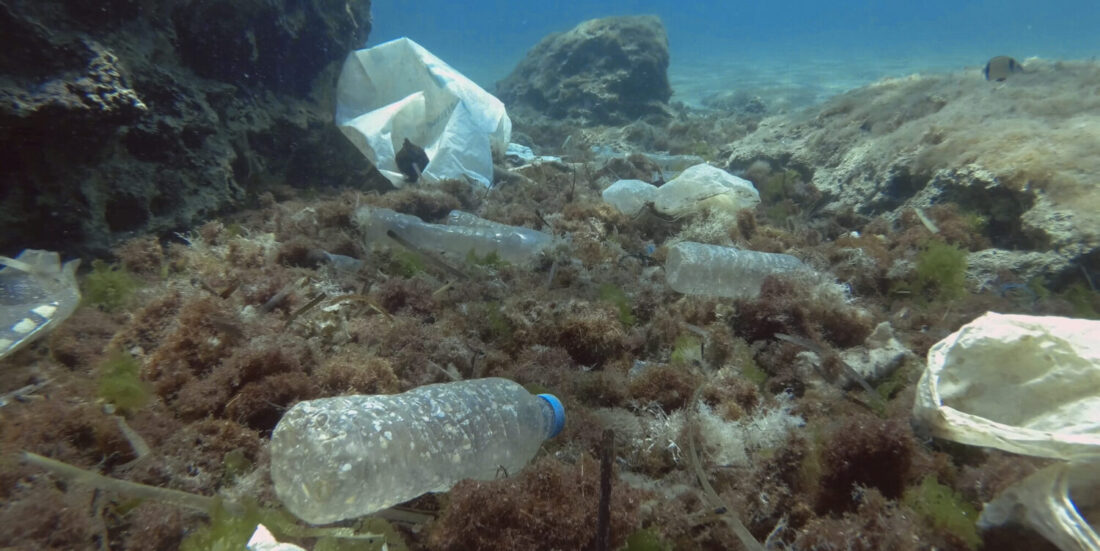Marine plastic waste can spread antimicrobial resistance
Bacteria discharged to the oceans in sewage and wastewater thrive on the biofilms that form on plastic waste. This may be leading to the somewhat unanticipated problem of antimicrobial resistance.
Marine plastic waste may serve as a vector for the spread of antimicrobial resistance (AMR) from pathogenic bacteria, either to shellfish or directly to humans who are bathing in the sea or taking part in other recreational activities.
“The bacteria contained in sewage and wastewater discharged from households, hospitals and factories will form biofilms on plastic surfaces in the sea”, explains Gunhild Hageskal, who is a Senior Research Scientist at SINTEF. “Such bacteria may already possess resistant properties, but in any event, bacterial biofilms are known to act as incubators for antimicrobial resistance. The reason for this is that bacteria readily exchange so-called mobile genetic elements when assembled in large numbers at a single location”, she says.
There may also be antimicrobial and other chemical residues contained in the wastewater, and certain chemicals in the plastics themselves may influence the development of bacterial resistance.
Researchers at SINTEF will be investigating the extent of this problem as part of a project called PlastiSpread, which is a joint collaboration between SINTEF, NTNU and the University of Thessaly in Greece. The Norwegian part of the study will be carried out in Trondheim in close collaboration with Trondheim municipality and the wastewater treatment plants at Høvringen and Ladehammeren. In order to introduce a global perspective to this issue, a similar study will be carried out in Greece, where twice the amount of antibiotics are used as in Norway.
The PlastiSpread project has a budget of NOK 12 million and will be carried out between July 2023 and July 2027. It is being funded by the Research Council of Norway and coordinated by NTNU, with SINTEF as project partner.
To find out more about the project, click on this link to the website of the Research Council of Norway.



